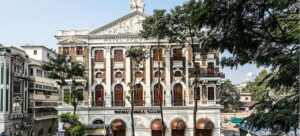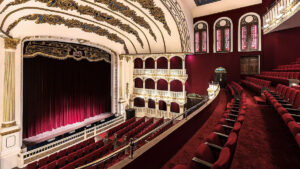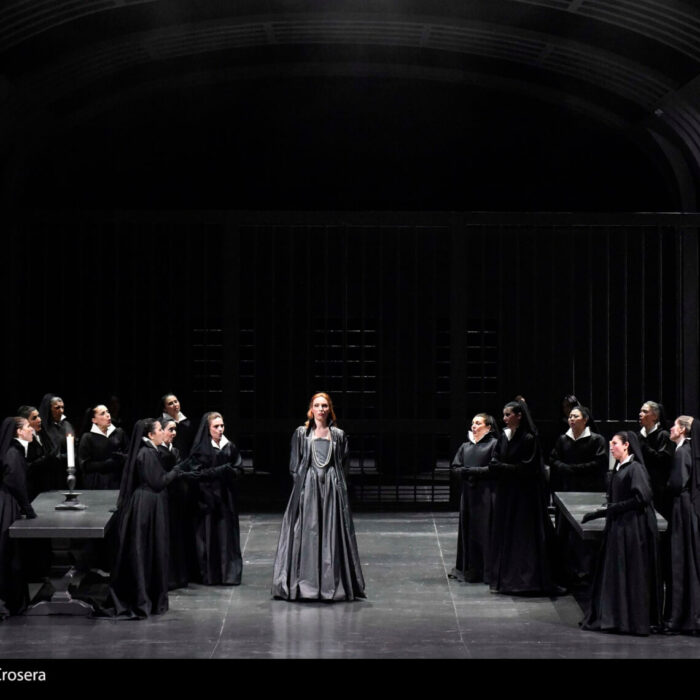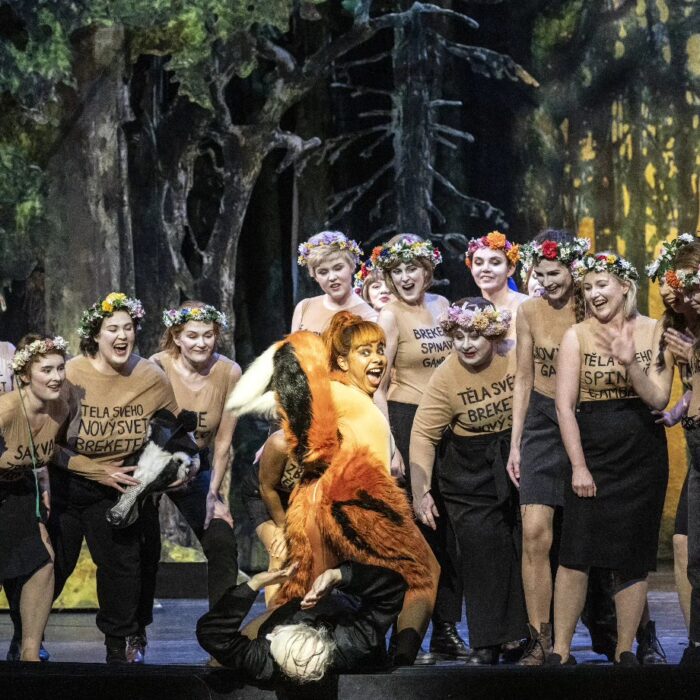
Opera House Spotlights Part 3: India
By John VandevertOpera exists throughout the world, from more traditional forms that depart from Westernized forms such as Peking opera, to more blended forms like the Zarzuela. Outside the European framework, opera has taken on an incredibly diverse range of complexions, from the Savoy opera to the Farsa. And while many more categories exist, it cannot be denied that European-styled opera is a global phenomenon. Away from the typical Western cultural centers lie an array of operatic venues that, unless one lives close to them, go unnoticed by the rest of the world. Across the globe, opera is experienced in many different ways and in many unique settings.
In this three-part miniseries, we explore venues for opera from underappreciated cultural centers of the non-Western world, giving audiences a chance to take part in the truly global celebration of opera. While venues like the Sydney Opera House in Australia, Teatro Alla Scala in Italy, Teatro Real de Madrid in Spain, and the Bolshoi Theatre in Russia are internationally recognized, other less known places are equally as important to 21st-century opera culture. From the Tokyo Opera City Tower in Japan, Astana Opera in Kazakhstan, the Vahdat Hall in Iran, and The Opera House in New Zealand, there are many venues which deserve greater attention than they receive.
In Part One, we explored the Mongolian State Academic Theatre of Opera and Ballet. After, in Part Two, we explored the Teatro Nacional Sucre in Ecuador. Finally, in Part 3, we conclude with the Royal Opera House Mumbai, located in Mumbai, India. Located on the southwest coast of India, the opera house boasts an highly ornate, Neo-classical facade, an interior outfitted with gold filigree, crystal chandeliers, and classical sculptures, and a hall full of velvet seats and gold molding. Being India’s only opera house, the Royal Opera House is a living expression of both Indian’s cultural development as a result of European influence and integrative sense of national self-identity as a result of its push for independence during the early 20th century. First suggested in 1908 by theater impresario Maurice Bandmann, it soon became a venue for ‘talkies,’ was soon closed, and revived again.
- Interior view of the house (PC: Neville Sukhia)
Perhaps one of the most important historical facts is the fact that India could have been without an opera house had it not been for the house’s restoration in 2008 by the state government’s intervention. Undergoing a practically ground-to-ceiling restoration as the foundations and structure was in extremely precarious states. First began in 1908, many of its elements had become derelict over time. Nevertheless, after considerable attention by experts in many different specialties, the Royal Opera House was formally reopened for patrons seven years later in 2016 and its revival has promised a new life for opera within the country. With acoustics designed to allow all audiences to hear with clarity, the opera house underwent considerable updates to provide a comfortable experience.
Listen
Categories
Special Features


